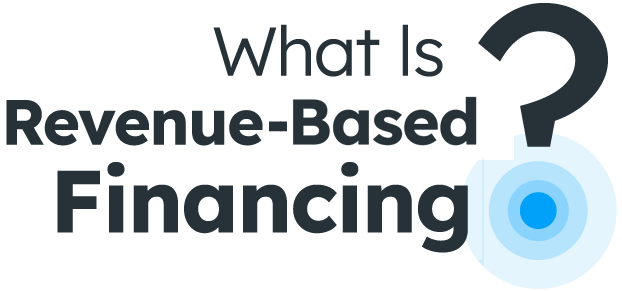All financing solutions come with pros and cons. Revenue-based financing (RBF), in particular, can be a good option for small businesses that:
- Need capital quickly
- Haven’t been in business long
- Prefer a short-term commitment
- Have unpredictable cash flow
- Don’t have assets to borrow against
- May not have a pristine financial history
- Require a small amount of money
- Experience seasonal changes in their revenue
Will RBF work for your business?
One way to determine if RBF is a good option for your specific situation is to compare the total cost for each funding option, including all fees and charges. When evaluating each option, it’s important to understand why some metrics can be inaccurate or misleading for RBF.
Why APR Doesn’t Work
Annual Percentage Rate (APR) is calculated based on variables typical of a loan, such as fixed payment amount and a fixed payment term. These variables do not apply to RBF, since payments can be adjusted when a business’ revenue changes, which usually lengthens the duration of remittance. Therefore, APR cannot be used to accurately reflect the cost of this type of financing, in the same way it does for traditional loans.
Instead, RBF providers typically use a factor rate, which is a multiplier applied to the funding amount to determine the total payment amount. The factor rate is determined through an underwriting process, which takes into account the risk associated with providing funding to a business and is typically based on the business’s revenue, growth potential, and other factors.
Comparing Interest and Factor Rates
Factor and interest rates are different ways of calculating the cost of obtaining capital, so they are difficult to compare. In general,
- Interest rates tend to be more expensive than factor rates for long-term financing, such as a loan, because the interest accumulates over time
- Factor rates tend to be more expensive than interest rates for short-term financing, such as RBF, because the provider is taking on a higher risk of default
It’s important to note that both interest rates and factor rates are just one element to consider when evaluating the cost of funding. Other factors, such as fees, payment terms, and penalties, can also significantly impact the overall cost of the funding and should be considered based on the specific terms of the agreement.
In addition to cost, it’s also critical that business owners analyze the features, benefits, and risks of the type of financing to determine the overall value to their business.
Key Definitions
Interest Rate A percentage charged on the outstanding balance of a loan
Factor Rate A fixed cost charged on the total amount funded
Total Cost All costs for each funding option, including fees and charges
What to Look For
It’s essential to work with a reputable RBF provider that is transparent and consultative in their approach to explaining their RBF agreement terms. Know what to look for when choosing a RBF provider.
Learn More